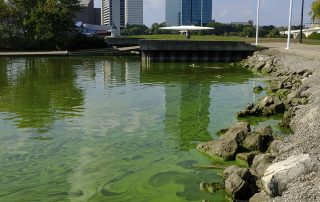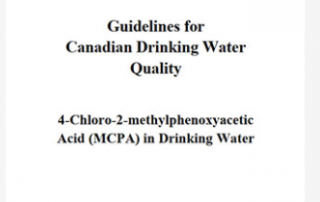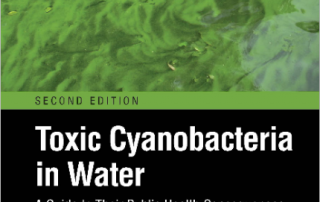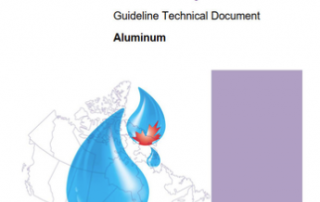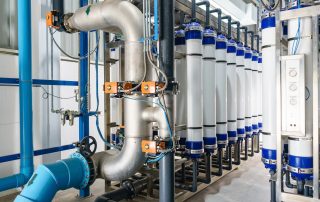Stay in the know on all things drinking water
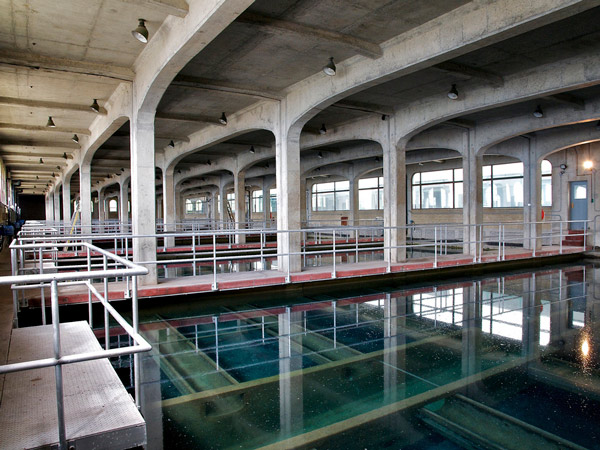

Dr. William B. Anderson is a Research Associate Professor and the Associate Director of the Water Science, Technology & Policy Group at the University of Waterloo. He has been active in drinking water quality and treatment research for more than 40 years, recently focusing on pathogen identification/removal/inactivation, assessment of adsorbed and desorption of contaminants on microplastics, better understanding of the role of colloidal nutrients on cyanobacterial growth in drinking water reservoirs, perfluorinated compounds, and biological filtration.
The past 15 years, Bill has maintained an email service drawing attention to items of interest to drinking water professionals including, for example, the latest research articles, regulatory updates, outbreak reports, topical issues, and media stories. Bill’s email service has expanded over time to include all interested individuals. These emails are now also archived here in a blog format as they are released, which can be explored by category or simply by scrolling through the posts below.
If you would like to join Bill’s email list for updates straight to your inbox, you can send an email to Bill to be added to the list.
Data from Unregulated Contaminant Monitoring Rules-4 published
EPA uses the Unregulated Contaminant Monitoring Rule (UCMR) program to collect nationally representative data for contaminants suspected to be present in drinking water, but that do not have regulatory standards. UCMR 4 requires monitoring for 30 chemicals between 2018 and 2020.
The detection of airborne anatoxin-a during a harmful algal bloom
A study just published in the journal ‘Lake and Reservoir Management’ is the first to report “airborne anatoxin-a (ATX) collected outside an aquatic ecosystem.” In addition to potential recreational exposure and in association with irrigation systems, this could theoretically have implications for drinking water treatment.
4-Chloro-2-methylphenoxyacetic Acid (MCPA) in Drinking Water: Guideline Technical Document for Public Consultation
This guideline technical document outlines the evaluation of the available information on 4-chloro-2-methylphenoxyacetic acid (MCPA) with the intent of updating the guidelines for MCPA in drinking water. The purpose of this consultation is to solicit comments on the proposed guidelines, on the approach used for its development, and on the potential impacts of implementing it.
Toxic Cyanobacteria in Water: A Guide to Their Public Health Consequences, Monitoring and Management
Briefly, it presents the current state of knowledge on cyanobacteria and cyanotoxins, and from a drinking water treatment perspective it provides guidance for monitoring and controlling risks in source water and at intakes.
Guidelines for Canadian Drinking Water Quality: Guideline Technical Document – Aluminum
There are changes from the 1998 guideline, which it replaces, and from the August 30 2019 proposed values when it was posted for comment. The new “maximum acceptable concentration (MAC) for total aluminum in drinking water is 2.9 mg/L (2,900 µg/L) based on a locational running annual average of a minimum of quarterly samples taken in the distribution system.
Potable water volumes and population served from Canadian drinking water plants, by treatment category
It is a Statistics Canada searchable database that lists drinking water plants by treatment category, characteristics of water treatment plants, population served, operation and maintenance costs (split into categories), and total potable water volume (split into surface water and groundwater) for the years 2011, 2013, 2015, and 2017.


